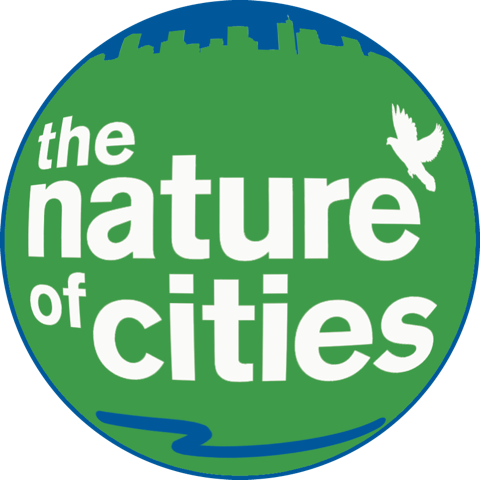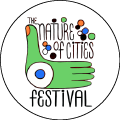23 April 2014

Nature Needs Half is a concept under consideration in the Capital Regional District (CRD)[End note 1]. Simply put, Nature Needs Half means saving fifty percent of an area’s lands and waters for nature. This concept recognizes the impact of humans upon the land, while also acknowledging that we need to...
19 April 2014
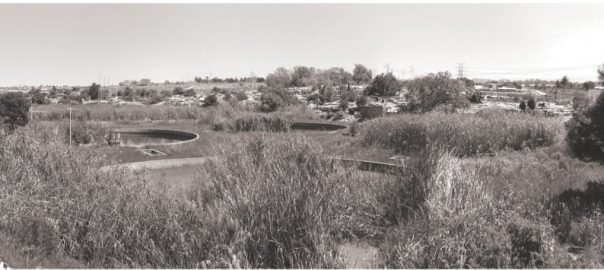
Spring in Brussels. Balmy weather, traffic jams, helicopters hovering in skies of pale, duck-egg blue. Politicians, policy-makers and lobbyists rub shoulders with the G4S security personnel tasked with their safety. The guards outnumber their charges, and by some margin. The hotels and train stations are full. Lufthansa is on strike. ...
14 April 2014

The actions we undertake under the banner of “creating biodiversity-friendly cities” are about more than just conservation, they are about managing urban biodiversity in a broader sense. Frequently in our discussions of this topic, two distinct but interdependent ideologies tend to emerge. First, we begin by talking about how to...
9 April 2014

With almost all of my career (and most of my adult life) spent working in or around city parks, I was recently surprised to learn an astonishing fact. In American’s largest cities, more than half contain park systems that are more than 50 percent “natural.” In fact, in America’s 10...
6 April 2014
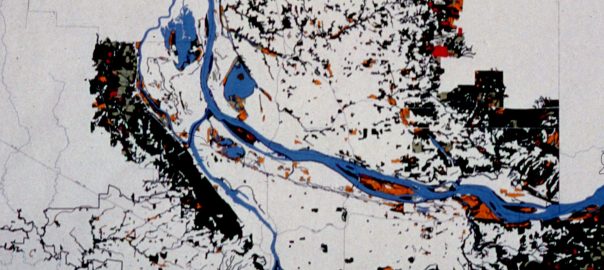
Tim Beatley (2000: 224) cites Portland, Oregon as one example of progressive regional, bioregional, and metropolitan-scale greenspace planning in the country. Portland is also known for its land use planning and sustainability practices. Indeed, the city has more LEED (Leadership in Environmental Design) buildings than any other city. While the...
2 April 2014

City economies as patterns of connection In a healthy functioning city, various forms of urban capital, including natural, social, cultural — and economic — are enabled to flow smoothly and flexibly, along paths that are productive and enriching to the system of which they are a part. The most efficient...
31 March 2014
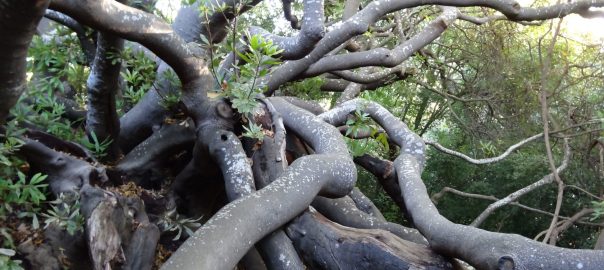
Cape Town sprawls beneath the majestic Table Mountain in the heart of the mega-diverse Cape Floral Kingdom. With 3.74 million inhabitants, it is South Africa’s second most populous city. Despite the obvious ecological stressors resulting from the city’s high metabolism and rapid expansion (ca. 1.4% per year), a spectacular richness...
24 March 2014
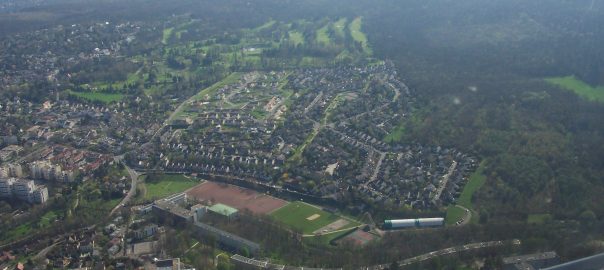
Nearly 70% of the world population lives in urban areas and nearly 75% of economic activity is located therein. Urban areas concentrate not only wealth but also extreme poverty and environmental degradation. Despite the significant progress in urbanization, still a billion people live in the slums of urban areas. Thus...
18 March 2014
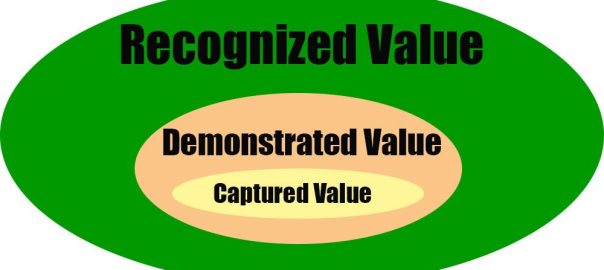
A lot of recent discussion around urban planning, resilience, and sustainable cities has included ideas about community engagement. How do we get the public more engaged in urban planning in ways that are effective — that honors good design, evidence-based science and community desires? Having decided that community engagement is...
12 March 2014
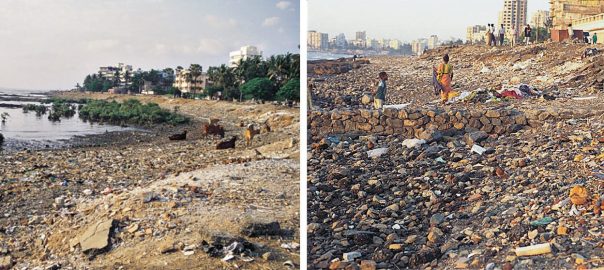
Mumbai’s development plan is revised every twenty years. The revision process of the current plan is underway for preparation of a new plan for 2014-2034, to be launched some time later this year. Amongst many issues that active citizens and environmental groups have flagged is that of ecology and environment....
9 March 2014

The nature of cities is inextricably tied to the nature of public space and this blog is about just a small part of that ‘nature’. It was inspired by what appeared to be graffiti on a public footpath that runs along the street where I live, in sunny Semaphore, South...
2 March 2014

Next year, the Millennium Development Goals (MDGs), adopted by the United Nations after the Millennium Declaration, are set to expire. The next set of global development goals, which are supposed to be even more environmentally focused — the Sustainable Development Goals — are currently under discussion at the UN and...
26 February 2014
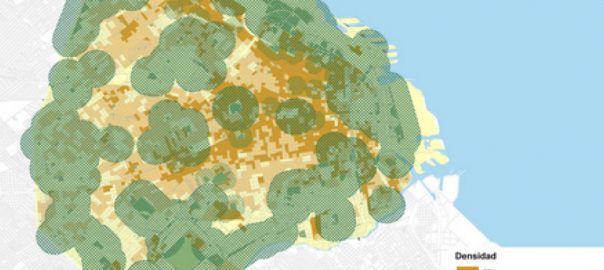
Recently Buenos Aires, the capital city of Argentina, has begun a transformation to reduce the urban processes that have negative effects on biodiversity. The city has an area of 202 square kilometers and a population of 2.9 million. Every day up to four million people enter in the city from...
23 February 2014
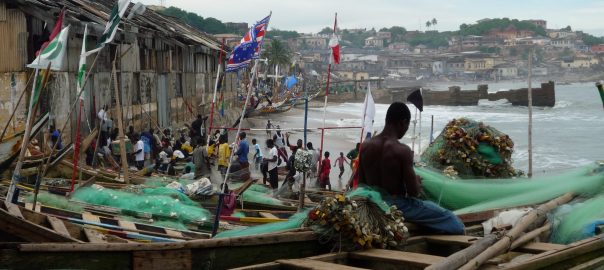
Today, we live in the ‘Urban Anthropocene’. This expression combines the global trend towards urbanization and the neologism ‘Anthropocene’, the term an ecologist would be forced to use these days to describe Homo sapiens as the key structuring species that could determine, alone, the fate of Earth’s life forms. For...
19 February 2014

At first glance, Greenpoint seems much like many other ethnically diverse New York City neighborhood struggling with rapid gentrification. Traditional neighborhood businesses jostle for space with trendy new restaurants and shops, while developers hype luxury high-rise development proposals. But, underneath the ground, something is very different. Between the late 1800s...
16 February 2014
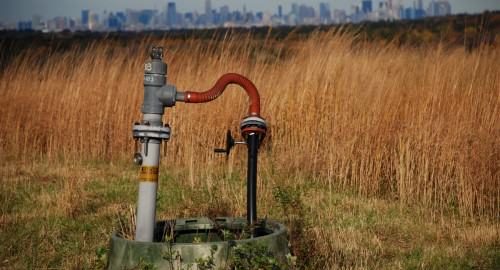
0 There’s an old saying about defecating and eating and not doing both in the same place. It is usually applied to interpersonal relations but serves just as well for industrial ones. And it is particularly relevant to mining. Certainly we don’t want to mine directly upstream of water intake sites,...
12 February 2014
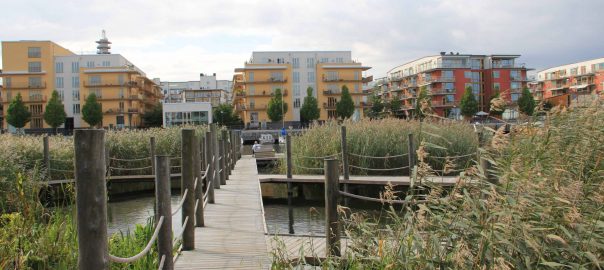
Hammarby sjöstad (Hammarby Lake City) is an urban development project directly south of Stockholm’s South Island. This is no doubt the most referenced and visited spot among Scandinavian examples of implemented eco-friendly urban developments. Hammarby is included in many publications, for example in the recent Ecological Design by Nancy Rottle...
9 February 2014

Walking in Bangkok is a messy experience. It is impossible to predict a change of grade or width of sidewalk under your feet. That is if there is a sidewalk. Similarly it is impossible to predict if the next building you walk past will be a shop house, condominium, bungalow,...
5 February 2014

The City of Jerusalem has been subject to geopolitical and religious conflict for more than three millennia, ever since King David chose it as the site for the capital of the Kingdom of Judah. His choice has often been criticized, because of the inherent difficulty in supplying water to the...
2 February 2014

Kim Behrens and I are driving slowly through my Turnagain neighborhood on a snowy mid-December afternoon, when a legion of songbirds prompts us to pull over to the curb, grab binoculars, and scramble out of her truck. In deepening grayness, we stand in open-mouthed amazement among yards that have been...


